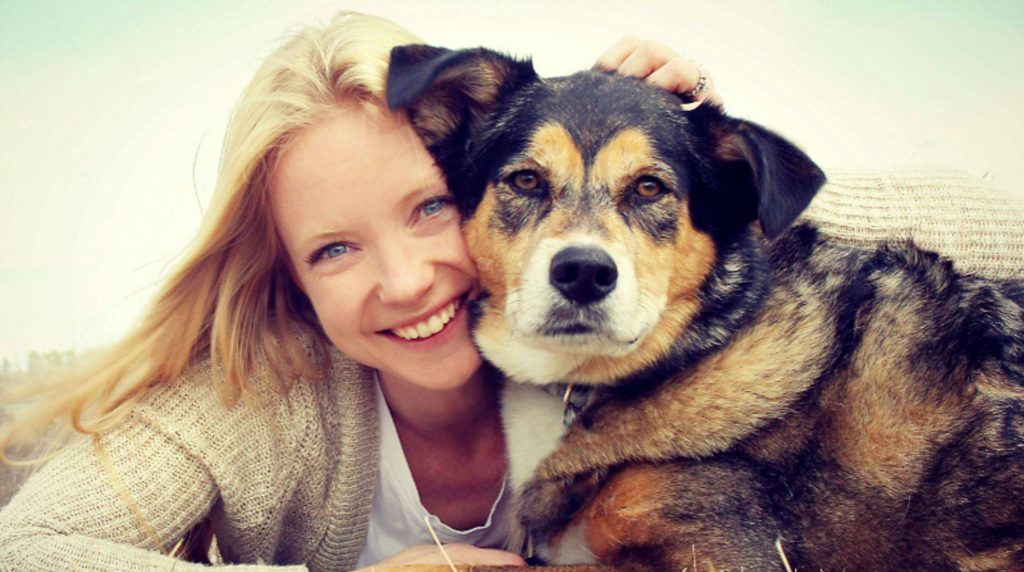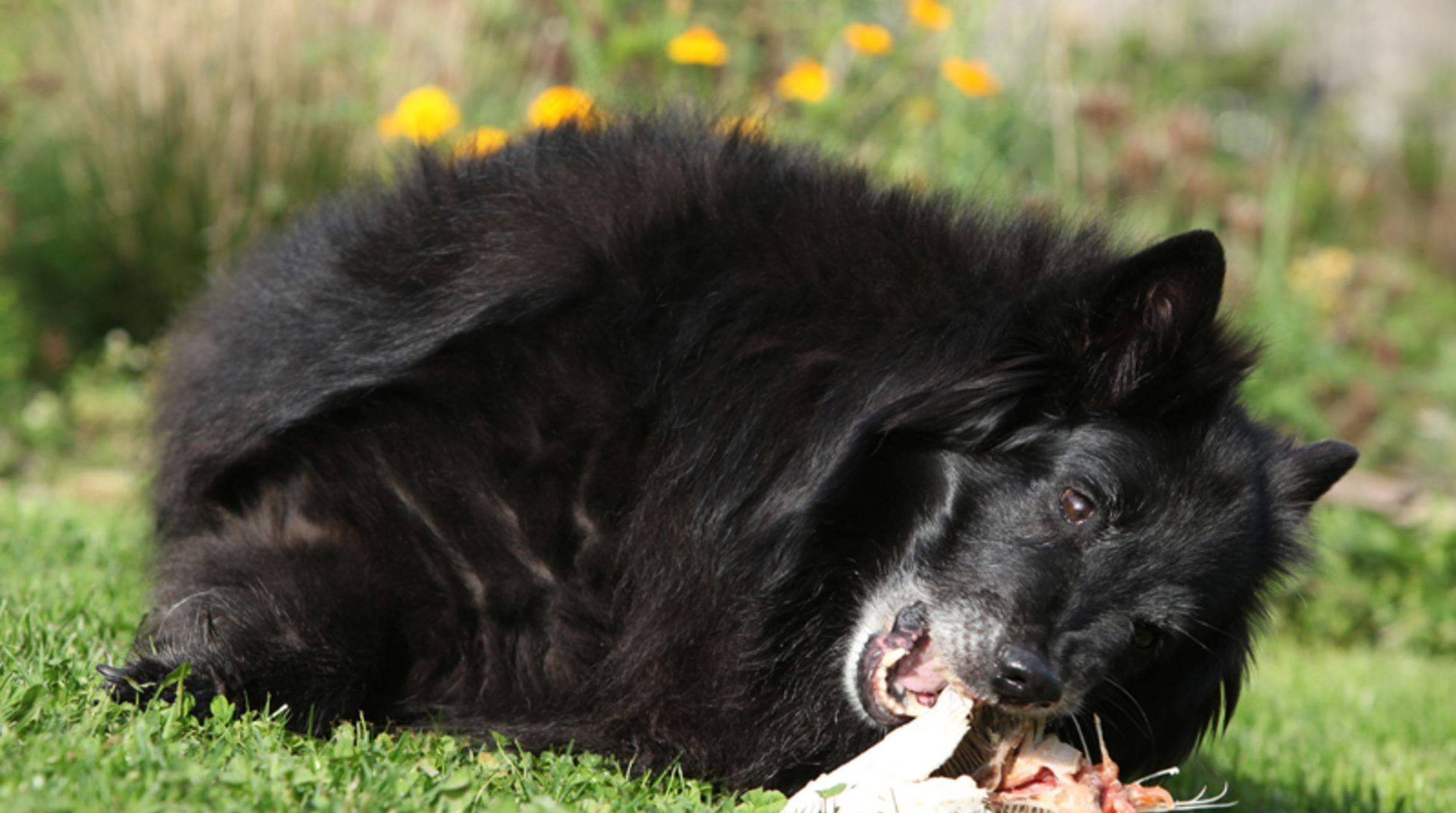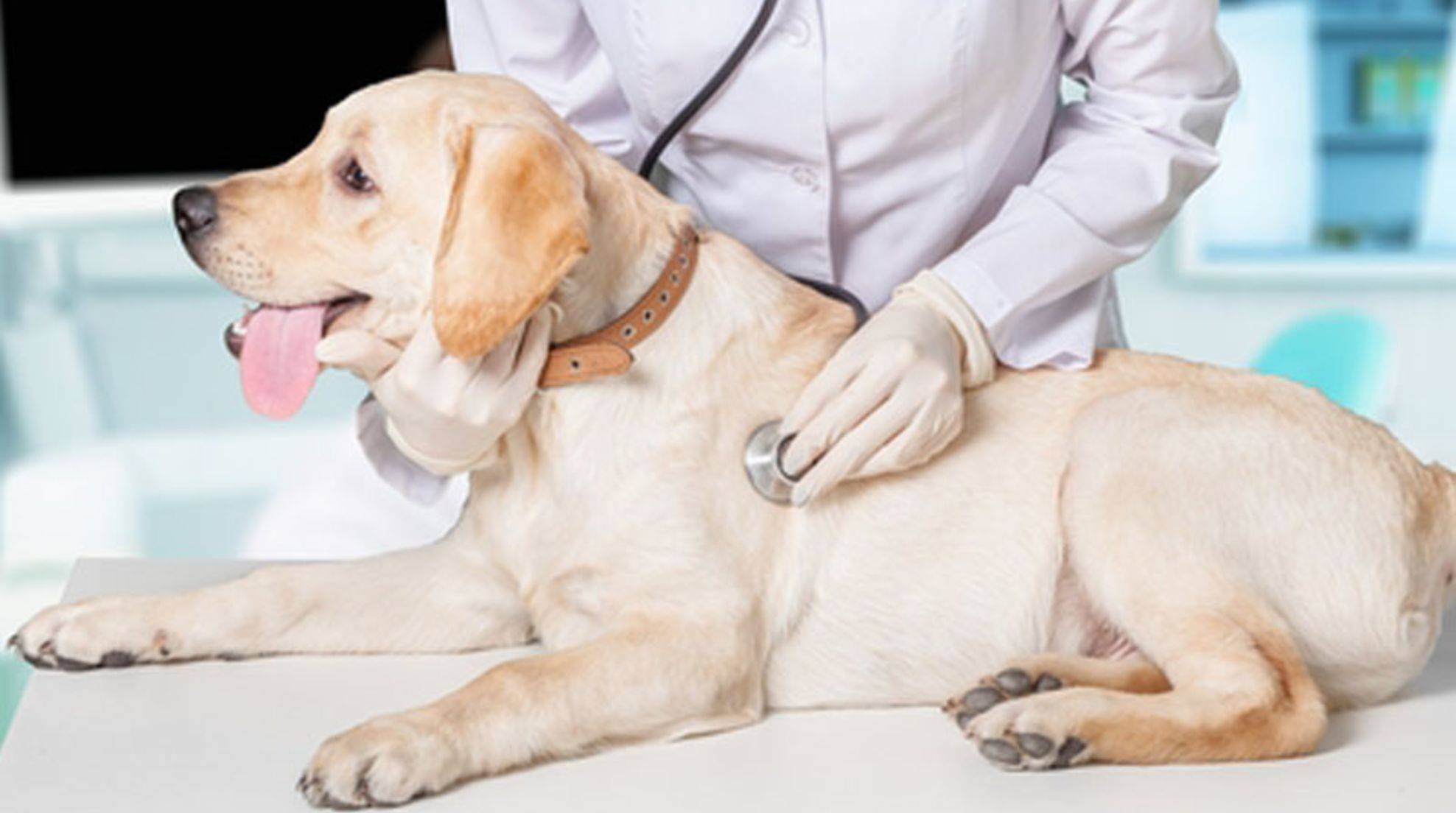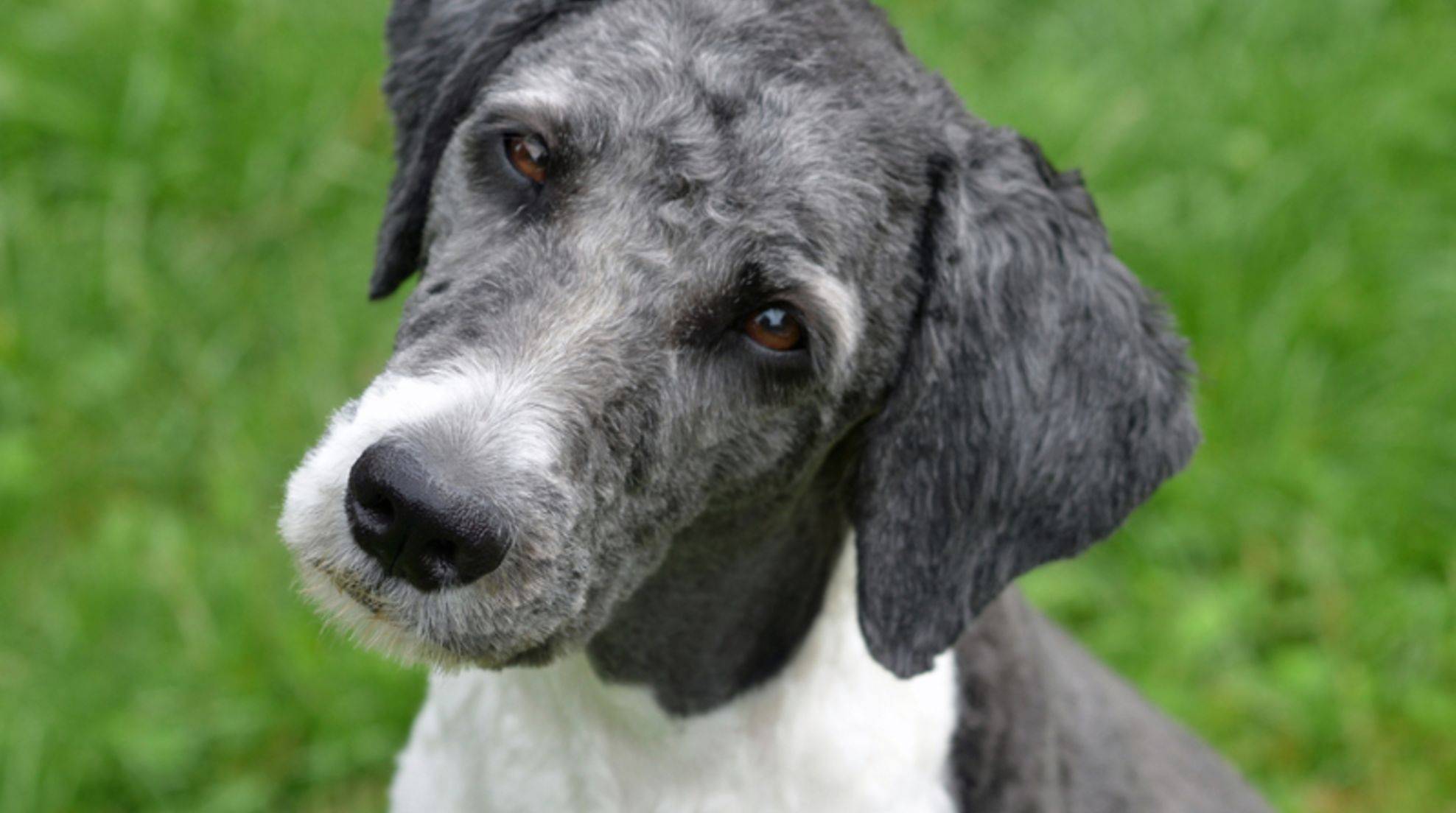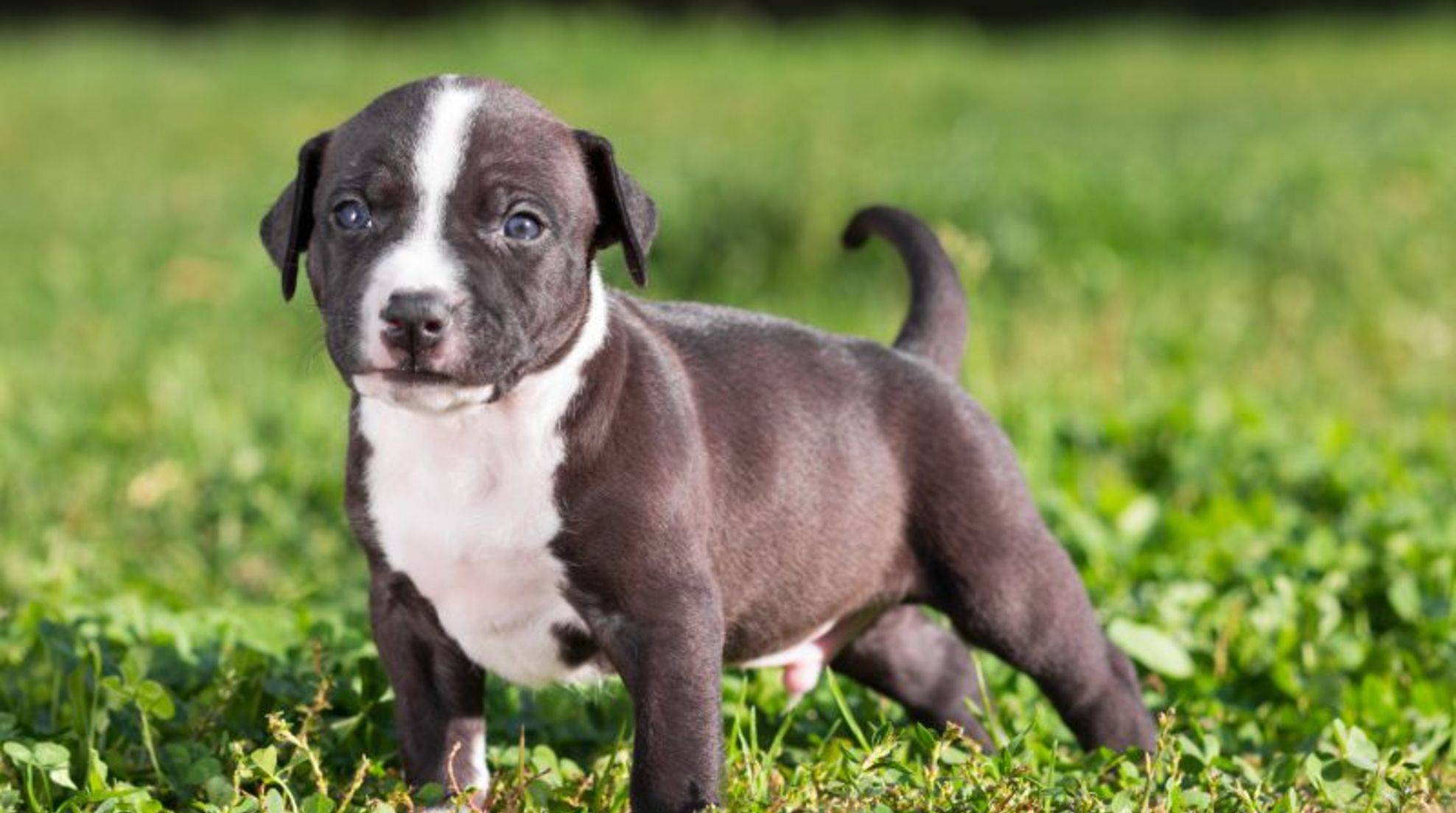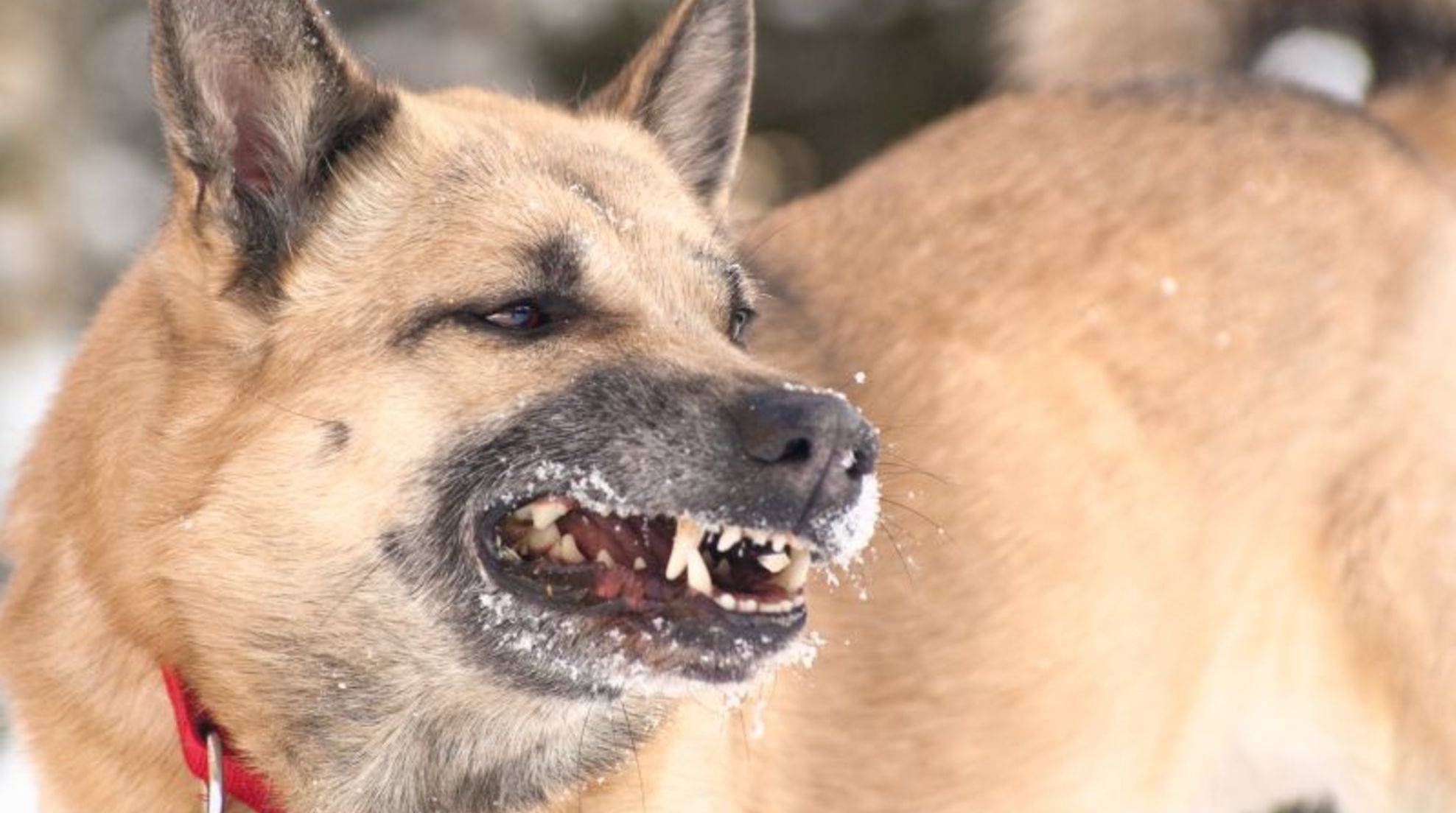How does the dog brain work?
Dogs are fascinating animals that amaze us day after day. The dog’s brain is responsible for the fascination of our furry noses. In terms of function and structure, it even resembles that of humans. But there are a few differences. Here you can read more about how the dog’s brain works.
Various scientific disciplines are studying the dog’s brain, including neuroscience, medicine, and behavioral science. The complex organ is difficult to decipher, especially about feelings, thinking, and consciousness – dogs cannot talk to researchers like humans, so absolute truths are rare. However, there is much more clarity when it comes to the structure and function of individual brain regions.
The dog brain: structure and function
The dog brain can be divided into several areas with different tasks: For example, there is the medulla, the extended medulla. Here are the most primitive functions, such as breathing at home. The cerebellum controls the exact movement of the limbs and gives the quadruped spatial orientation or ensures perception in space. Optical and acoustic stimuli are also evaluated here. The midbrain is the basis of memories and emotions. The midbrain includes the limbic system, which includes components such as the amygdala and the hippocampus.
Neutral information reaches the dog brain via the sensory organs, and the amygdala then gives it emotional value. This information is then matched with memories in the hippocampus and passed on to the cerebral cortex. The cerebrum is the area in mammals where conscious thought and planning occur. It is also the center of the motor and sensory functions. In a sense, the cerebral cortex forms the image of the world.
Dog brain compared to the human brain.
The dog brain has much in common with humans – and other mammals – in terms of structure and functions, but it cannot match them in terms of performance. One significant difference is found in the cerebrum, for example. Humans have significantly more gray cells than furry noses, meaning they think in a much more complex way and understand more difficult contexts, i.e., they have considerably more space for thinking. Dogs lag in terms of intelligence.
However, a dog can recognize a five-euro bill if trained to do so. However, he neither understands what it is used for nor the current system. For the dog, sensory functions are essential. For example, the nose, where the four-legged friend has a head start on us humans: The brain area responsible for the sense of smell in mammals has many more cells in dogs than in humans.

